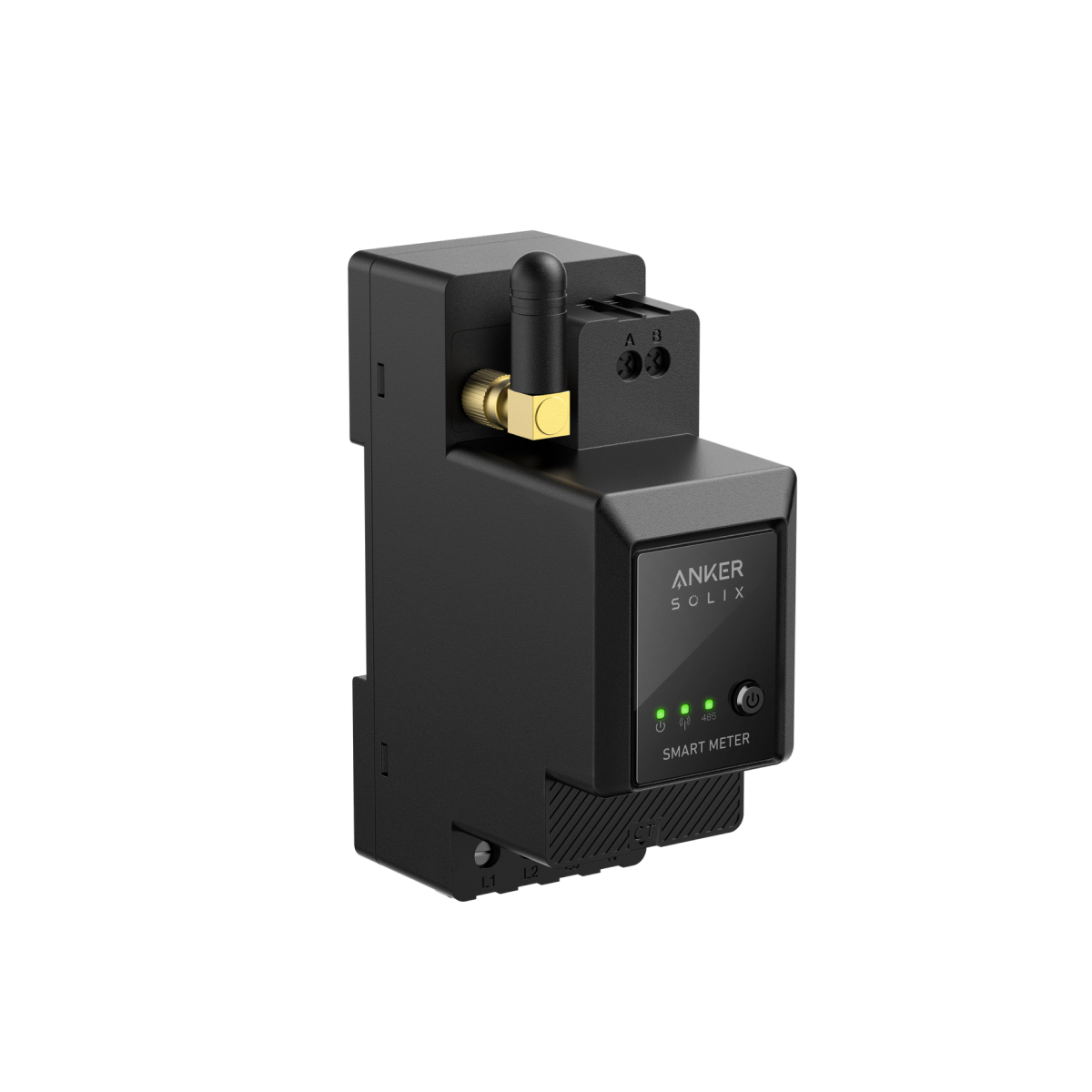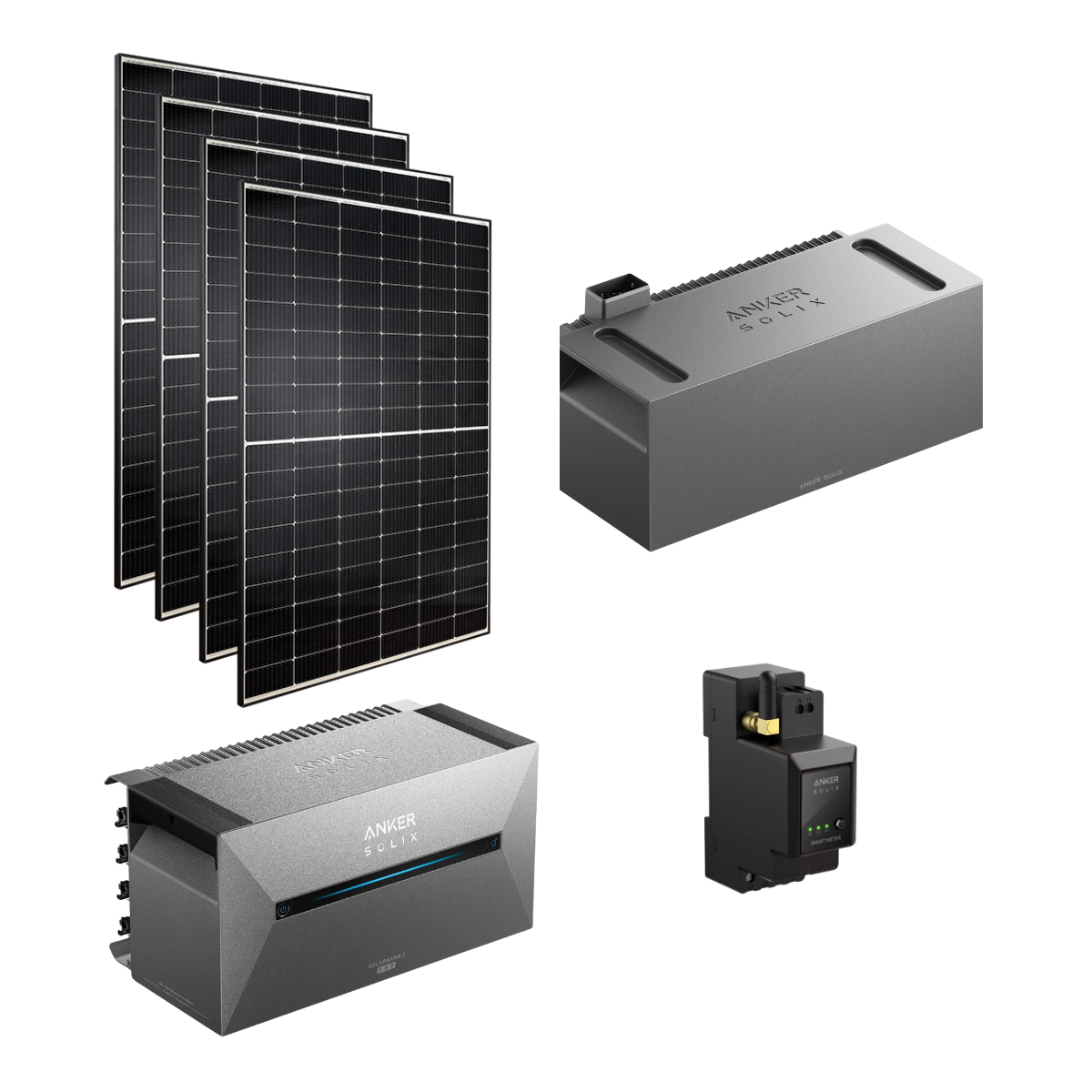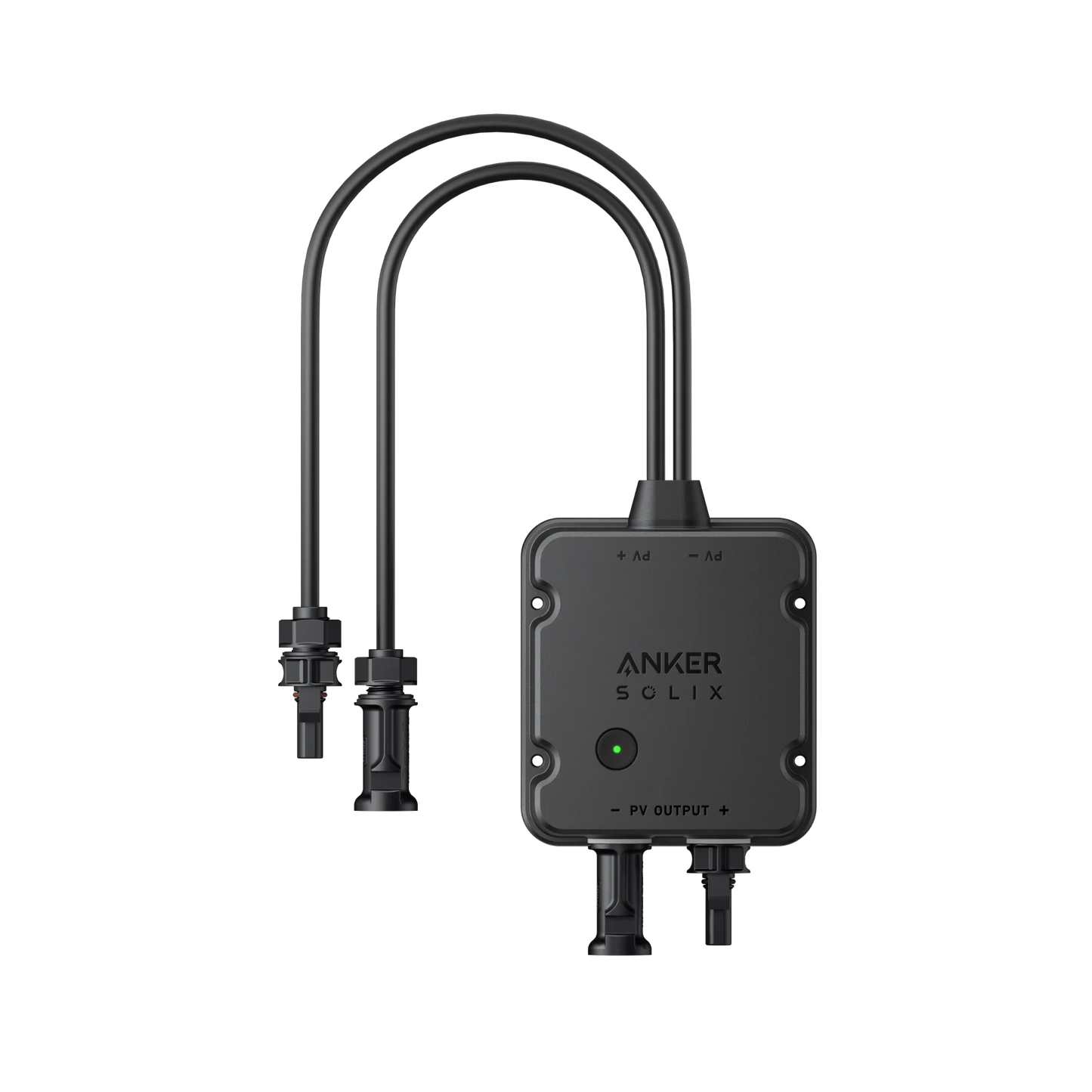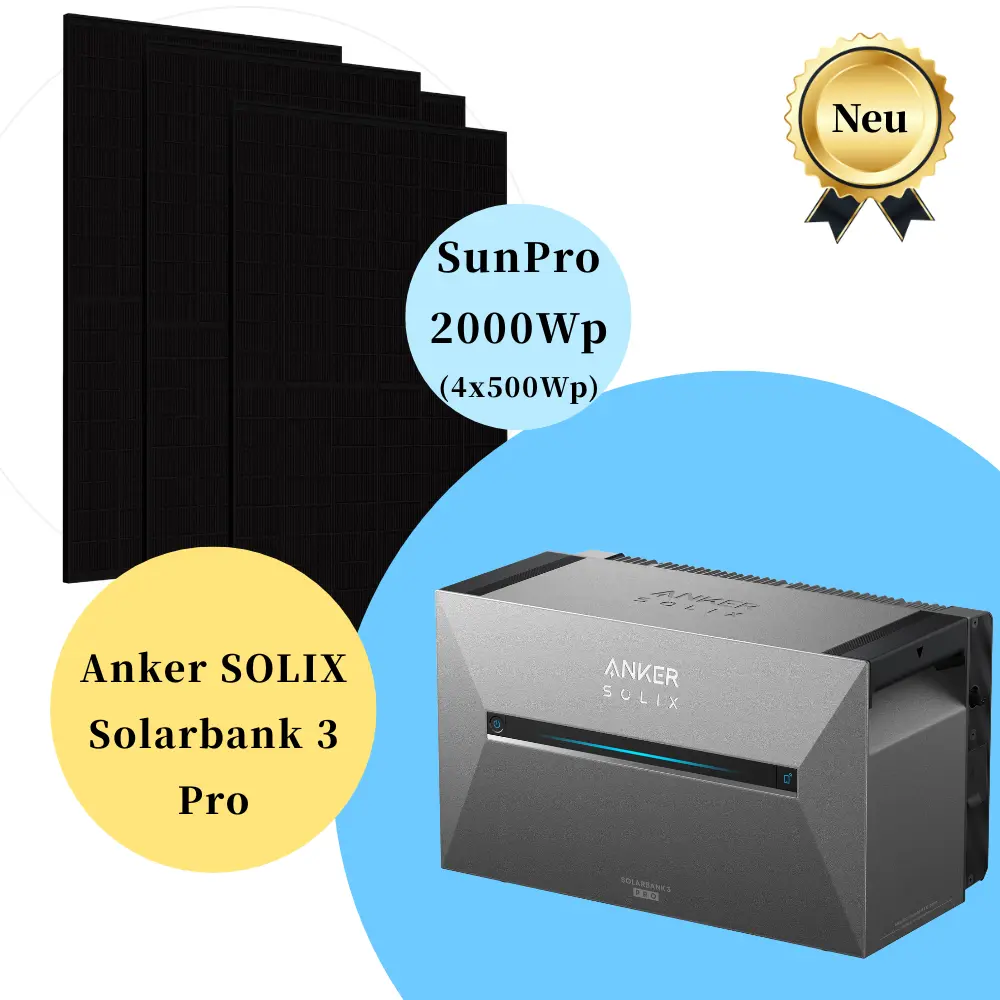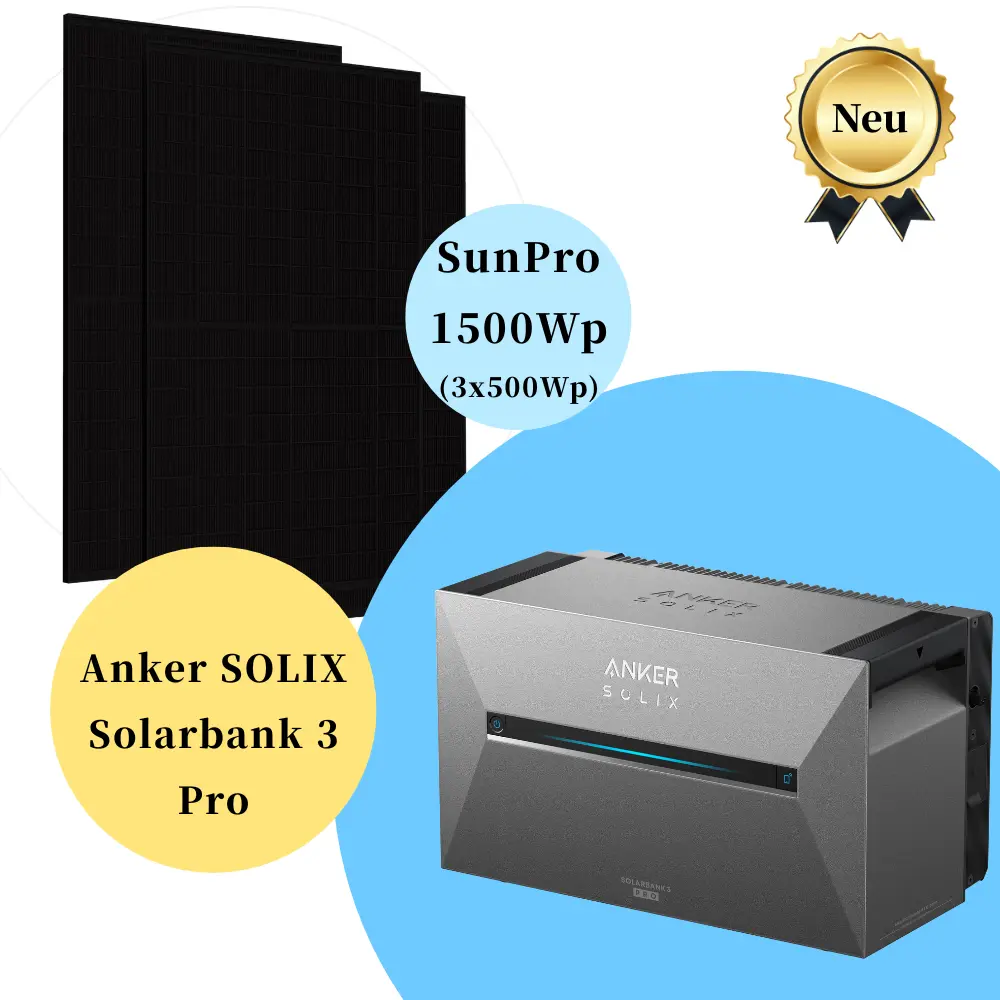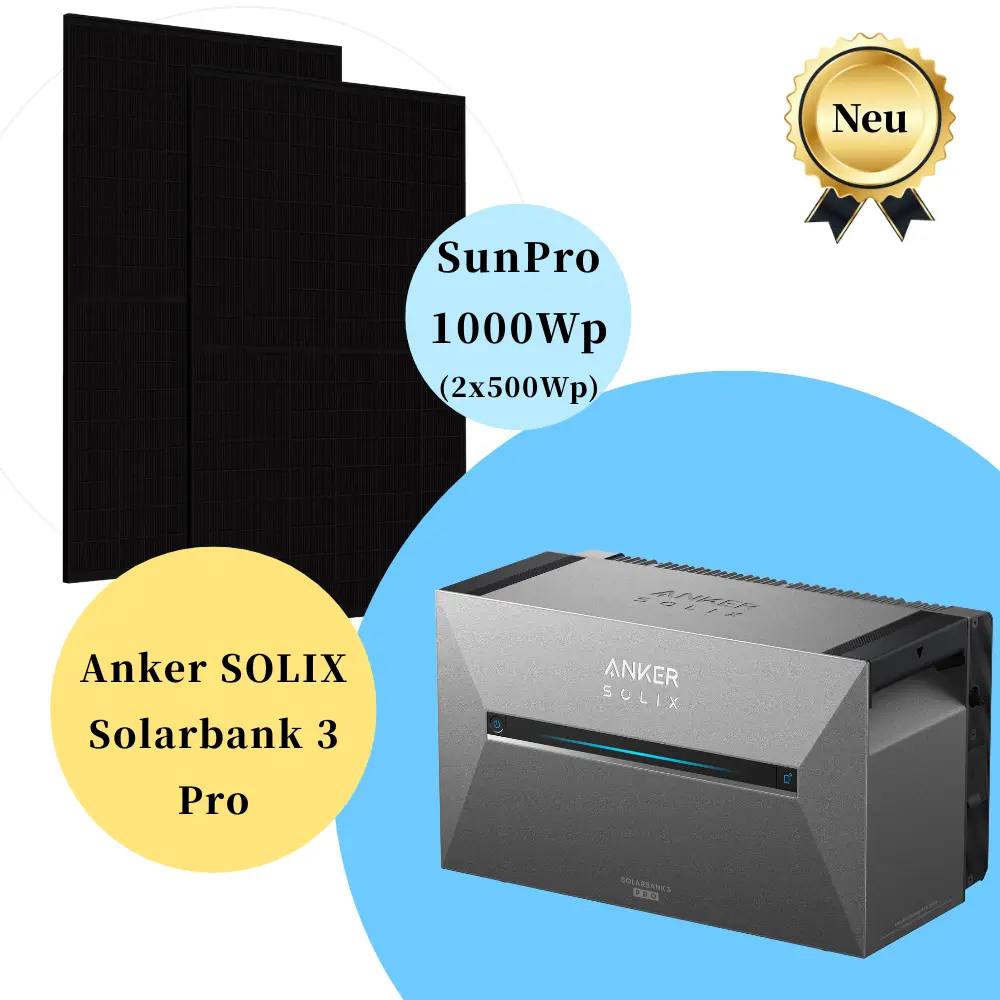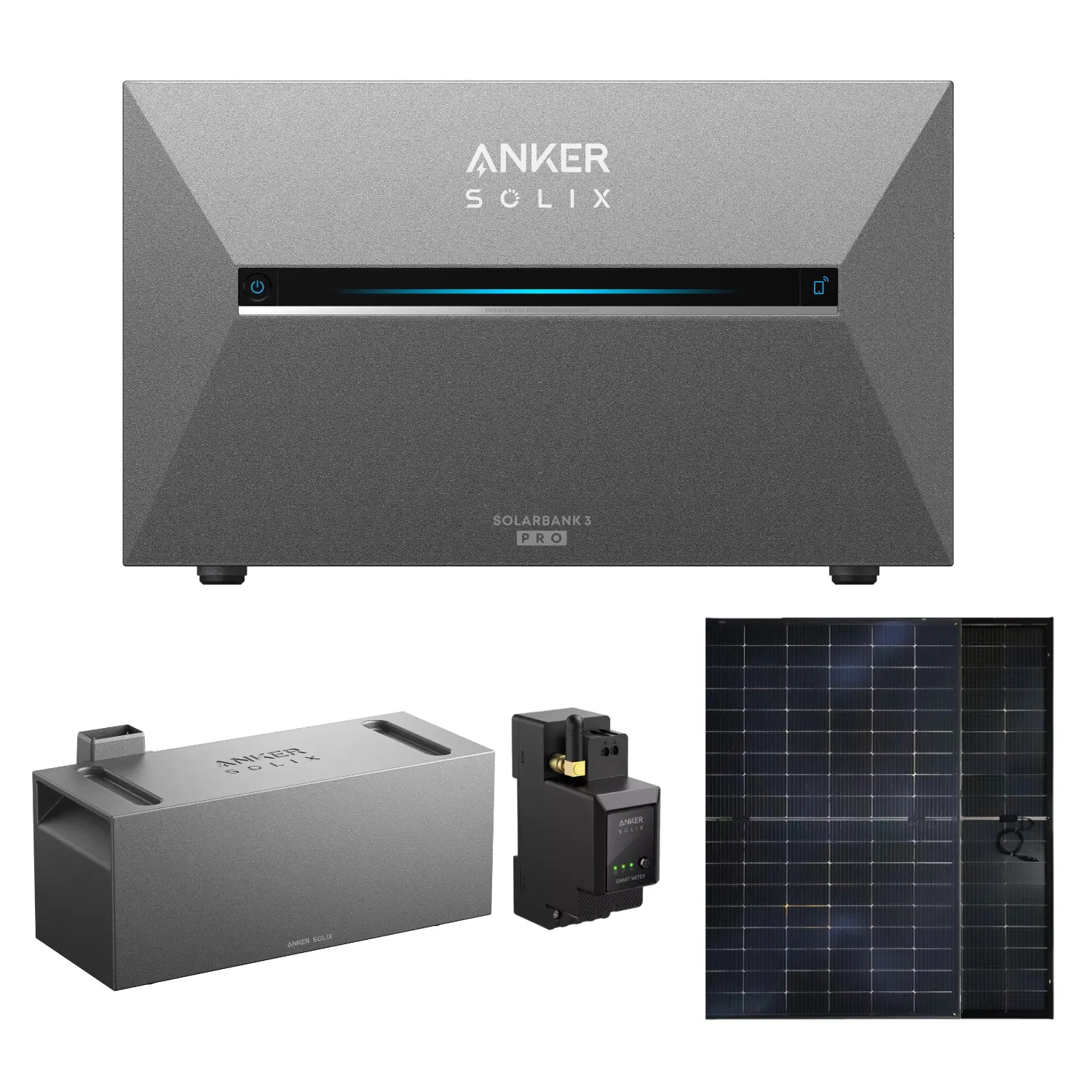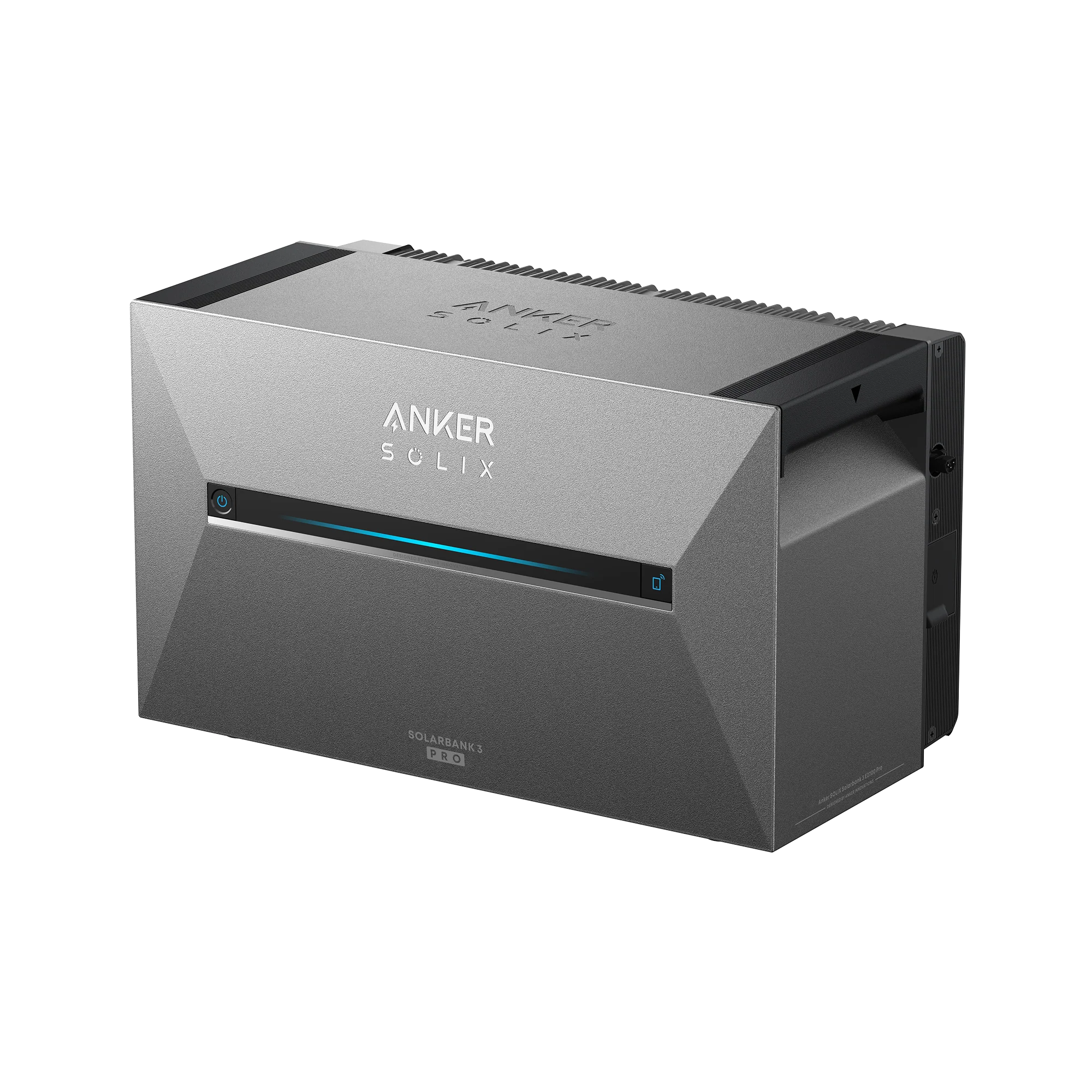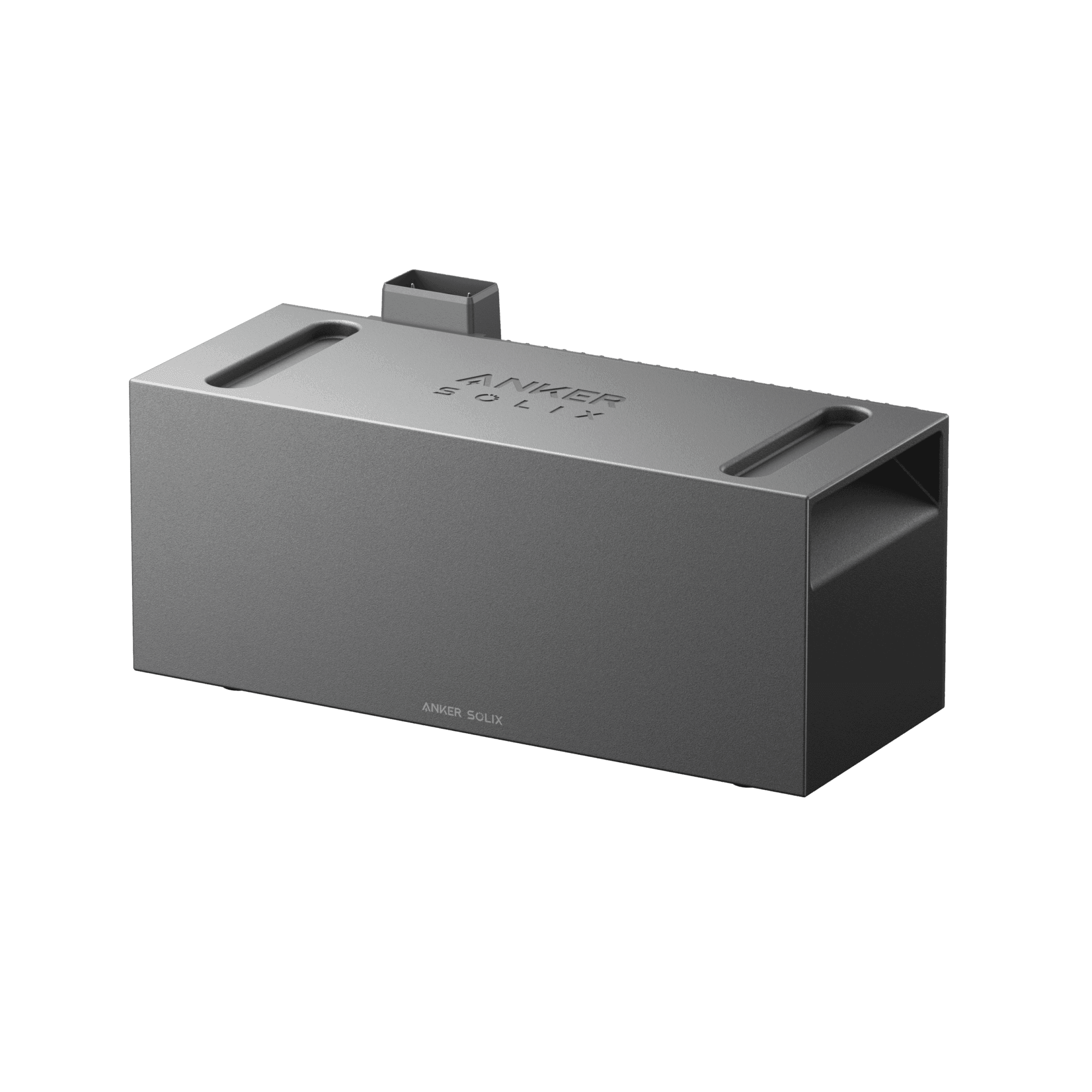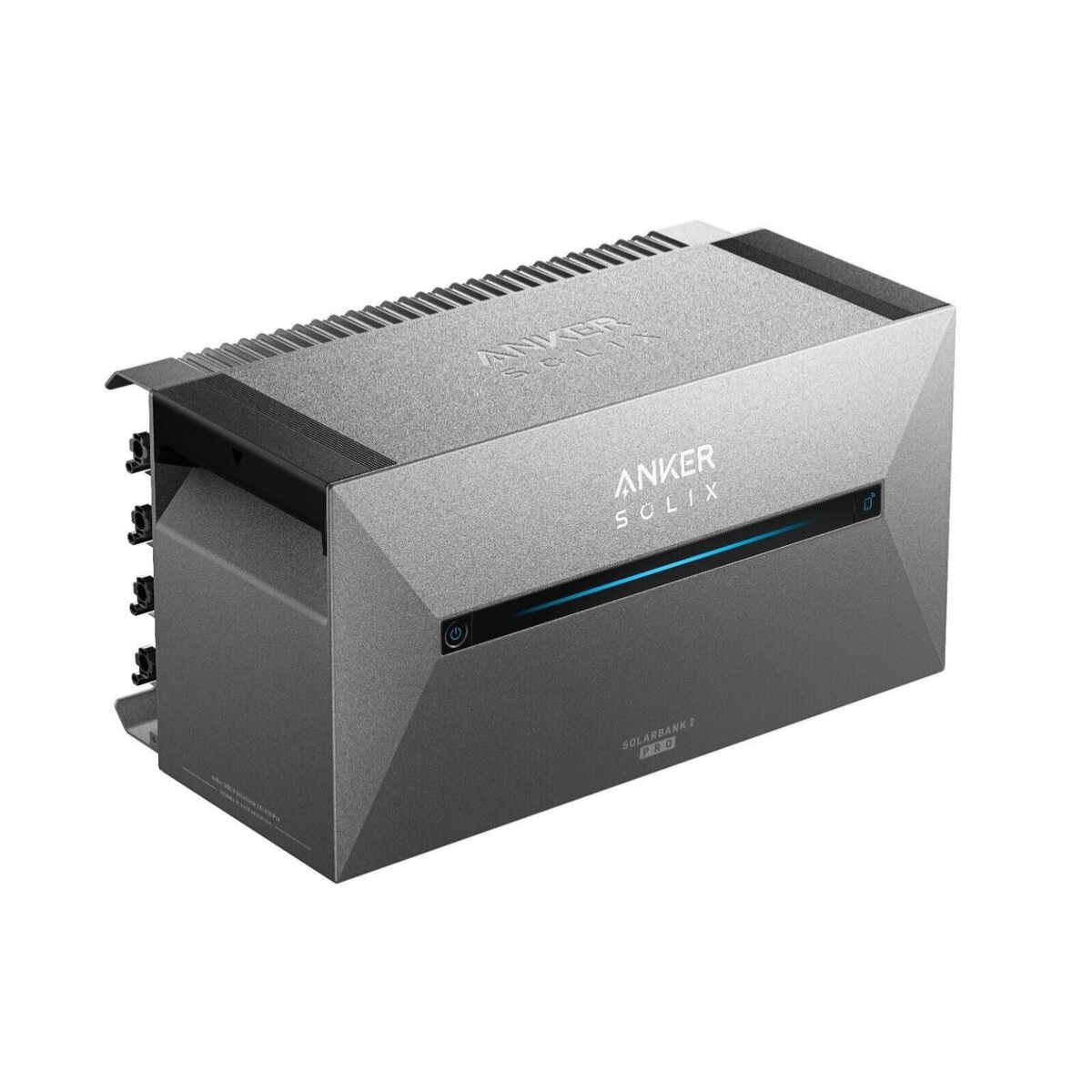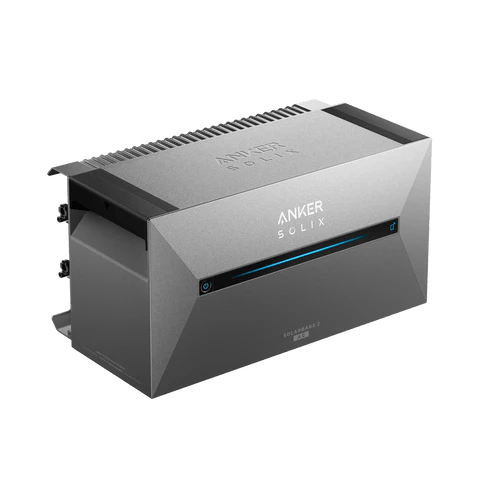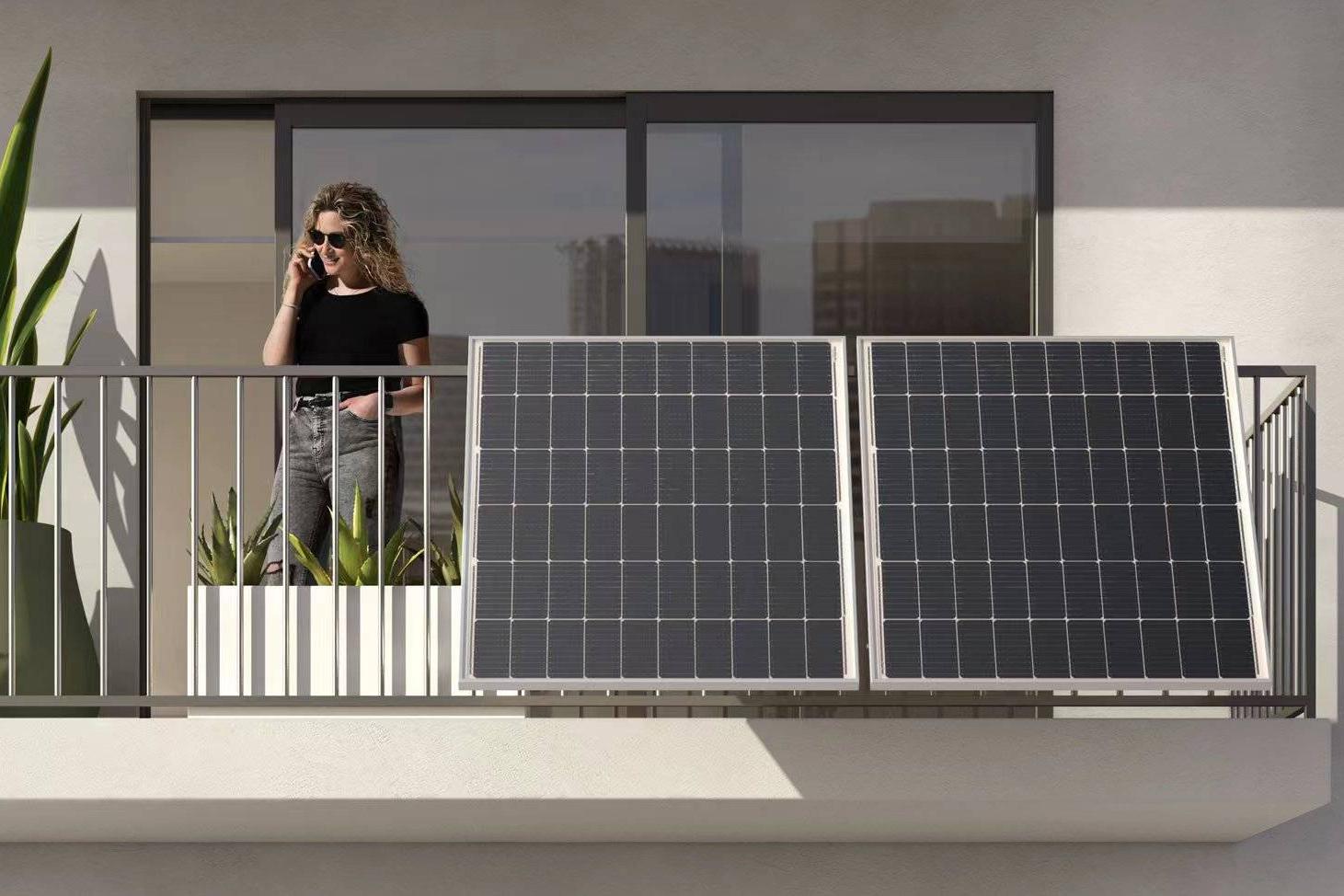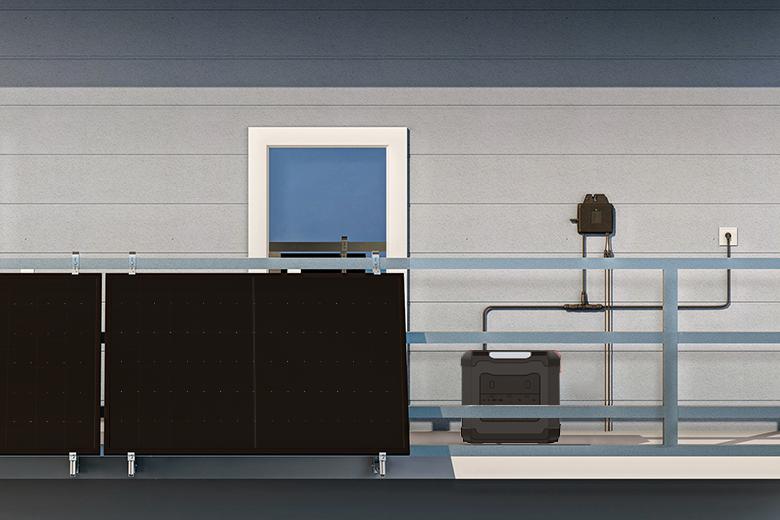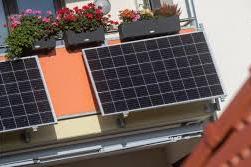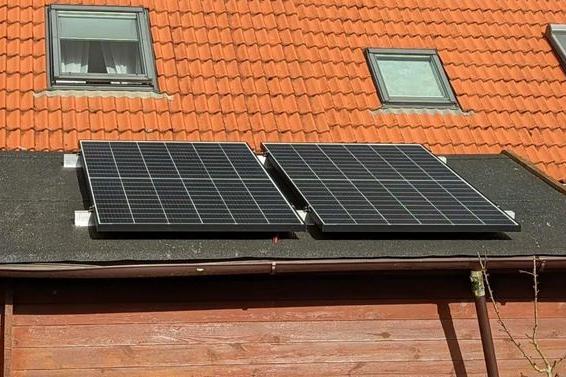Blog & News
Photovoltaics is not worth it? We do the math.
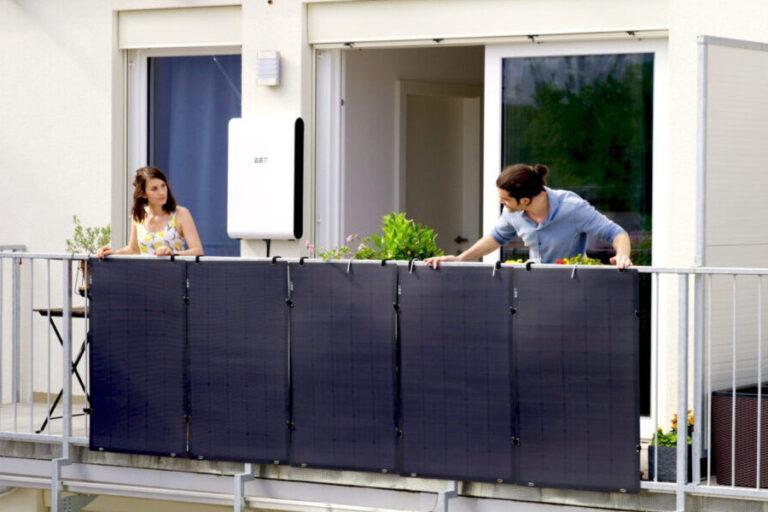
Will photovoltaics be profitable in 2024 or not? We explore this question with many practical examples and calculations. The underlying data is from September 2024.
Table of contents
First things first
Photovoltaic return lie?
The claim that photovoltaics is a return-on-investment lie is based on false assumptions. The Fraunhofer Institute also confirms that PV is worthwhile.
Photovoltaics not worth it?
The statement "Photovoltaics aren't worth it" is factually incorrect. A PV system is worthwhile if the purchase price is below €1,800 per installed kWp.
From how many kWh is it worthwhile?
PV systems up to 10 kWh are always worthwhile, according to the North Rhine-Westphalia Consumer Advice Center. But larger systems can also be worthwhile.
PV storage is not worth it?
A photovoltaic storage system is also worthwhile for private households if it is properly dimensioned. Storage prices are falling, while electricity costs are rising.
Is photovoltaics worthwhile in 2024?
Photovoltaics is worthwhile if the purchase price of a PV system is less than €1,800 per installed kWp. The more solar power you consume yourself, the more economical the PV system is.
Compare photovoltaic offers now and save 30%!
Take 60 seconds and fill out a short form. We will connect you with up to five verified specialist companies in your region. The comparison is free and non-binding.
A practical example:
Let's assume an average single-family home with an annual electricity consumption of 5,000 kWh. A 6 kWp photovoltaic system is suitable for this. Approximately 30% of this solar power is used internally. The remaining 70% is fed into the public grid for a feed-in tariff of currently 8.03 cents per kWh. According to forecasts, the price of electricity is expected to rise by about 4% annually. By 2044, the price will be between €0.65 and €0.75/kWh.
| variable | Without PV system | With PV system |
|---|---|---|
| annual electricity consumption | 5,000 kWh | 5,000 kWh |
| Nominal power of PV system | - | 6 kWp |
| annual electricity generation | - | 6,000 kWh |
| Acquisition costs of PV systems | - | 7.500 € |
| Operating costs of PV systems | - | 7.500 € |
| Electricity price | 30 cents/kWh (+41% annually) | 30 cents/kWh (+41% annually) |
| Grid feed-in | - | 70% |
| feed-in tariff | - | 8.03 cents/kWh |
| Self-consumption | - | 30% |
| Electricity costs, electricity providers | 52,078 € in 20 years | 33,330 € in 20 years |
| feed-in tariff | - | 6,745 € in 20 years |
| Total costs | 52.078 € | 41.585 € |
| Cost savings | - | 10.493 € |
With acquisition costs of €1,200 to €1,300 per kWp, a 6 kWp PV system costs approximately €7,500. Over a 20-year period, this can save you nearly €10,500 in electricity costs. With a lifespan of over 30 years, a photovoltaic system will save you several thousand euros in the long term. This is primarily due to the low levelized cost of electricity (LCOE) of photovoltaics, meaning the cost of a PV system pays for itself after seven to nine years.
Levelized costs of electricity are the total costs of generating one unit of electrical energy, including all investment, operating, maintenance, and fuel costs, as well as environmental regulations. They vary depending on the energy source and technology.
According to the Fraunhofer ISE, the electricity generation costs of PV systems range between 3.12 and 11.01 cents per kWh. This makes photovoltaics the cheapest energy source next to wind.
Due to the years of falling costs of photovoltaics It is expected that the electricity generation costs of PV systems will decrease in the future.
Is photovoltaics with electricity storage worthwhile?
A photovoltaic system with storage is worthwhile if the initial purchase price is less than €2,700 per kWp. While the investment costs are almost twice as high, a storage system can increase your self-consumption of solar power to up to €700. This significantly reduces the amount of expensive electricity you need to purchase from the grid.
The following example illustrates the profitability of combining photovoltaics and electricity storage.
An average single-family home consumes 5,000 kWh of electricity per year. A 6 kWp PV system covers the home's electricity needs. With a power storage system, approximately 70% of the solar power is used for internal consumption. Only 30% is fed into the grid, for which a feed-in tariff of 8.03 cents per kWh is paid. Forecasts predict that the electricity price will be around €0.70 per kWh by 2044.
| variable | Without PV system | With PV system & storage |
|---|---|---|
| annual electricity consumption | 5,000 kWh | 5,000 kWh |
| Nominal power of PV system | - | 6 kWp |
| annual electricity generation | - | 6,000 kWh |
| Storage capacity | - | 6 kWh |
| Acquisition costs of PV system & storage | - | 11.000 € |
| Operating costs of PV systems | - | 8.000 € |
| Electricity price | 30 cents/kWh (+41% annually) | 30 cents/kWh (+41% annually) |
| Grid feed-in | - | 40% |
| feed-in tariff | - | 8.03 cents/kWh |
| Self-consumption | - | 60% |
| Electricity costs, electricity providers | 52,078 € in 20 years | 13,007 € in 20 years |
| feed-in tariff | - | 3,984 € in 20 years |
| Total costs | 52.078 € | 28.023 € |
| Cost savings | - | 24.055 € |
A 6 kWp PV system costs €7,500, with an initial investment of €1,250 per kWp. The average cost for a 6 kWh PV storage system is €500 per kWh of storage capacity. In this case, that's €3,000. This translates to savings of over €24,000 over 20 years. Even further savings are possible in the long term.
When is a photovoltaic system not worthwhile?
Photovoltaics is not worthwhile if the price per kWp exceeds €2,000. In this case, the electricity generation costs are too high and impair the profitability of the PV system.
Is photovoltaics worthwhile with self-consumption or full feed-in?
The general rule for photovoltaics is: the higher the self-consumption, the more economical the PV system. Let's look at another example:
PV system with self-consumption
We compare the same PV system with a nominal output of 4 kWp - once with and once without storage.
| variable | Without PV system | PV system without storage | PV system with storage |
|---|---|---|---|
| annual electricity consumption | 4,000 kWh | 4,000 kWh | 4,000 kWh |
| Nominal power of PV system | - | 4 kWp | 4 kWp |
| annual electricity generation | - | 4,000 kWh | 4,000 kWh |
| Acquisition costs | - | 6.300 € | 8.750 € |
| Operating costs for 20 years | - | 6.000 € | 6.500 € |
| Grid supply | 100% | 70% | 30% |
| Electricity price | 30 cents/kWh (+41% annually) | ||
| Grid feed-in | - | 70% | 30% |
| feed-in tariff | - | 8.03 cents/kWh | |
| Self-consumption | - | 30% | 70% |
| Electricity costs, electricity providers | 41,663 € in 20 years | €29,164 in 20 years | 12.499 € |
| feed-in tariff | - | 4,497 € in 20 years | 1,927 € in 20 years |
| Electricity costs, total | 41.663 € | 36.967 € | 25.822 € |
| Cost savings | - | 4.696 € | 15.841 € |
And what happens if you feed in all the electricity?
PV system with full feed-in
Due to the low feed-in tariff and high electricity prices, full feed-in is only worthwhile if there are no other options for self-consumption. Since the electricity price is much higher than the feed-in tariff, it is impossible to make a profit from full feed-in. With a feed-in tariff of 12.73 cents per kWh for full feed-in, this option is not as attractive as self-consumption.
| variable | without PV system | 4 kWp PV system | 10 kWp PV system |
|---|---|---|---|
| annual electricity consumption | 4,000 kWh | 4,000 kWh | 10,000 kWh |
| Nominal power of PV system | - | 4 kWp | 10 kWp |
| annual electricity generation | - | 4,000 kWh | 10,000 kWh |
| Acquisition costs | - | 6.300 € | 10.500 € |
| Operating costs for 20 years | - | 6.000 € | 8.000 € |
| Grid supply | 100% | 100% | 100% |
| Electricity price | 30 cents/kWh | 30 cents/kWh | 30 cents/kWh |
| Grid feed-in | - | 100% | 100% |
| feed-in tariff | - | 12.73 cents/kWh | 12.73 cents/kWh |
| Self-consumption | - | 0% | 0% |
| Electricity costs, electricity providers | 41,663 € in 20 years | 41,663 € in 20 years | 41,663 € in 20 years |
| feed-in tariff | - | 10.184 € | 25.460 € |
| Electricity costs, total | 41.663 € | 43.779 € | 34.703 € |
| Cost savings | - | -2.116 € | 6.960 € |
While the 4 kWp system covers the initial purchase price, when you consider the operating costs, the savings of €10,184 aren't worth it. However, with a 10 kWp system, the situation is somewhat different. Here, a profit of €6,960 can be achieved over a 20-year period.
Compare photovoltaic offers now and save 30%!
Take 60 seconds and fill out a short form. We will connect you with up to five verified specialist companies in your region. The comparison is free and non-binding.
Photovoltaic returns lie - that's what the Fraunhofer Institute ISE says
The Fraunhofer Institute is also in his analysis The result is that photovoltaics is worthwhile and can achieve high returns.
"Due to the sharp drop in PV module prices, attractive returns are possible. The Solar Cluster Baden-Württemberg has estimated returns of up to 5% for small systems without battery storage and with a self-consumption share of 25%."
This will also apply to 2024, as prices for solar modules, inverters and power storage continue to fall while electricity prices rise.
Which factors influence the return on investment of a PV system?
The return on your photovoltaic system is influenced by various factors:
- High self-consumptionA high self-consumption rate is crucial for a high return on investment. It is more economical to use the generated electricity yourself rather than feed it into the grid at just under 8 cents per kWh. Even with a self-consumption rate of 20 to 30 percent, a PV system can be worthwhile.
- Acquisition costsThe lower the cost per kWh of power, the better the return on investment. Compare quotes from multiple installers to find the best prices. Read here how to find a qualified photovoltaic system specialist.
- Size of the PV systemLarger systems are often more cost-effective. A 10 kW photovoltaic system, including installation, costs approximately €1,200 per kW, while a 4 kW system often costs over €1,400 per kW. Stiftung Warentest and the North Rhine-Westphalia Consumer Advice Center recommend covering the entire available roof area with solar modules to reduce the cost per kW.
- Roof orientationThe ideal roof orientation is southwest to southeast with a roof pitch of 30 to 40 degrees. However, thanks to modern technology, north-facing PV systems are also achieving increasingly better yields.
- Battery storage: An energy storage system allows you to store excess solar power for later use, increasing your self-consumption. The storage system should not be oversized; a good guideline is a storage capacity of 1 kWh per 1,000 kWh of annual consumption.
This list refers to small photovoltaic systems for homeowners. Different rules apply to commercial systems.
What subsidies are available for photovoltaics in 2024?
To make photovoltaics worthwhile, the German federal government has created several subsidy programs. First, due to the zero-tax rate, since the beginning of 2023, you pay a sales tax of 0.1% on the purchase of a PV system, accessories, and installation. To simplify the purchase of a PV system, the Kreditanstalt für Wiederaufbau (KfW) also offers the 270 loan. Furthermore, you receive a feed-in tariff for the self-generated solar power that is fed into the public grid.
KfW loan 270
KfW offers the low-interest KfW Loan 270 for financing PV systems. This loan is available to both private individuals and companies and can cover installation costs of up to 150 million euros. The interest rate starts at 5.21%.
feed-in tariff
The latest changes to the feed-in tariff came into force on August 1, 2024, and are valid until the end of January 2025. The tariff rates are as follows:
- Full feed-in up to 10 kWp: 12.73 cents per kWh
- Surplus feed-in up to 10 kWp: 8.03 cents per kWh
- Full feed-in 10 to 40 kWp: 10.68 cents per kWh
- Surplus feed-in 10 to 40 kWp: 6.95 cents per kWh
Photovoltaics yes or no?
Yes, photovoltaics are worthwhile. The higher your self-consumption, the more worthwhile the solar system is. Because while electricity prices are rising, feed-in tariffs are continually falling. But the acquisition costs for photovoltaics, power storage, and inverters are also falling dramatically. All of these factors make photovoltaics more worthwhile than ever.

